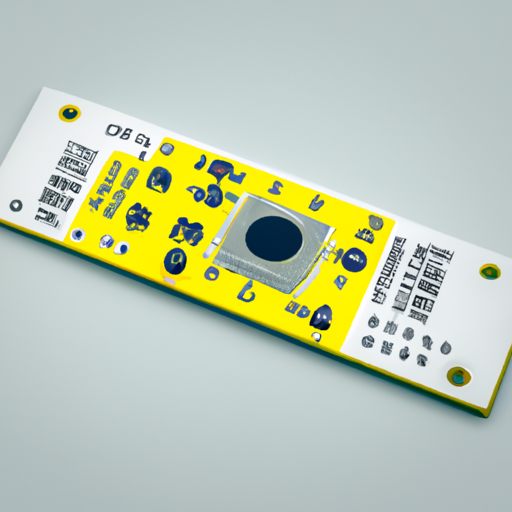
Title: Unveiling the Remarkable Product Features of LED Drivers

1. Voltage Regulation and Stability (200 words) One of the primary functions of an LED driver is to regulate and stabilize the voltage supplied to the LED lighting system. LED drivers convert the incoming alternating current (AC) voltage into direct current (DC) voltage, ensuring a consistent and stable power supply. This feature is vital as LEDs are highly sensitive to voltage fluctuations, which can lead to reduced lifespan and inconsistent light output. By maintaining a steady voltage, LED drivers protect the LEDs from damage and ensure consistent illumination.
2. Dimming Capabilities (200 words) LED drivers offer versatile dimming capabilities, allowing users to adjust the brightness levels of LED lighting systems according to their preferences or specific requirements. Dimming not only enhances the ambiance but also contributes to energy savings. LED drivers equipped with dimming features enable smooth and flicker-free dimming, ensuring a comfortable lighting experience. Additionally, advanced LED drivers support various dimming protocols, such as 0-10V, DALI, PWM, and DMX, providing compatibility with a wide range of lighting control systems.
3. Efficiency and Energy Savings (200 words) LED drivers are designed to maximize energy efficiency, making them an ideal choice for environmentally conscious consumers. These drivers employ advanced power conversion technologies, such as pulse-width modulation (PWM) and constant current regulation, to minimize energy losses and optimize power utilization. By converting AC power to DC power efficiently, LED drivers significantly reduce energy consumption, resulting in substantial energy savings over the lifespan of LED lighting systems.
4. Thermal Management (200 words) Heat dissipation is a critical aspect of LED lighting systems, as excessive heat can degrade the performance and lifespan of LEDs. LED drivers incorporate thermal management features to ensure efficient heat dissipation, preventing overheating and maintaining optimal operating temperatures. These features include thermal protection circuits, heat sinks, and temperature sensors that monitor and regulate the temperature of the LED driver. By effectively managing heat, LED drivers enhance the reliability and longevity of LED lighting systems.
5. Protection and Safety Features (200 words) LED drivers are equipped with various protection mechanisms to safeguard the LEDs and the driver itself from potential electrical faults or anomalies. Overvoltage protection, short-circuit protection, and over-temperature protection are some of the essential safety features integrated into LED drivers. These features prevent damage to the LEDs and the driver, ensuring safe and reliable operation. Additionally, LED drivers comply with industry standards and certifications, such as UL, CE, and RoHS, guaranteeing their quality and adherence to safety regulations.
Conclusion (100 words) LED drivers are the unsung heroes behind the exceptional performance and longevity of LED lighting systems. With their voltage regulation, dimming capabilities, energy efficiency, thermal management, and safety features, LED drivers play a vital role in ensuring optimal lighting experiences while minimizing energy consumption. As LED technology continues to evolve, LED drivers will continue to advance, offering even more innovative features to enhance the efficiency and versatility of LED lighting systems.